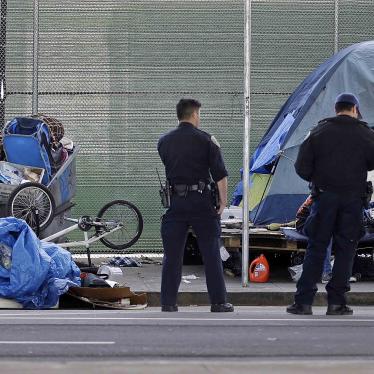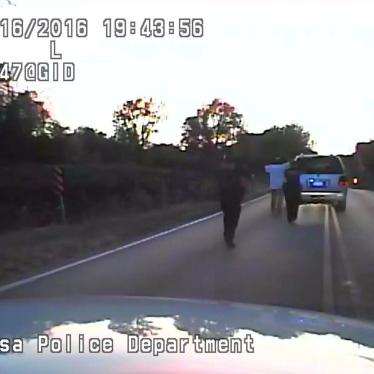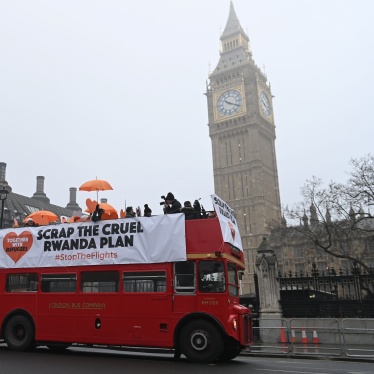The cellphone video of Kenosha Police officers shooting Jacob Blake multiple times in the back is yet another horrifying view of U.S. police in action. The officers use lethal force against a Black man who does not appear to be threatening harm to them or anyone else, as his children watch from inside the car. While the video does not show all the details, this shooting appears as callous as the police killings of George Floyd and countless other Black people.
While the video is shocking, it is also disturbingly familiar. Since officers killed Floyd on a Minneapolis street on May 25, sparking widespread protests demanding an end to the killings, accountability, and a reduction in funding and scope of policing, U.S. law enforcement officers have shot and killed at least 295 more people since that day.
In recent years, police have killed Black people at triple the rate of white people. The disproportion is even greater for unarmed Black people. This incident is reminiscent of Tulsa Police killing Terence Crutcher, who was unarmed, in 2016, as he stood by his SUV. In Crutcher’s case, the officer claimed to fear for her life because she thought he might reach for a gun in the car. There was no gun, but the excuse helped the officer who killed Crutcher win an acquittal. Law enforcement officials say they found a knife on the front floorboard of Blake’s car, but he did not appear to be holding it when they shot him.
The shooting of Blake is disturbingly familiar for another reason. The video shows him walking away from the officers. The viewer cannot hear if they give orders, but they are pointing guns at him and he appears to be ignoring them. This refusal to submit ends with seven gunshots to his back.
As an attorney who handled criminal cases and lawsuits alleging police misconduct, I saw versions of this reaction by police in Los Angeles repeatedly. They summarily punished people who did not obey them, particularly people who walked away from them or ran. One man I represented ran from officers. When they caught him, they handcuffed him and shoved him over the railing of some steps, so he landed head-first on the pavement. The police tased, beat and sicced a police dog on another man I represented when he tried to walk away from them.
The 1991 Rodney King incident is a prime example. He received a brutal beating for trying to run from officers. A former Los Angeles police officer, in an unguarded moment, confirmed to me that, of course, if someone runs from them, they inflict a beating. As with other aspects of policing encounters across the United States, this tactic seems directed more aggressively at Black men.
This type of violent response follows the logic of gangsterism. The belief among many seems to be that for police to assert control on the streets, they must command respect and obedience, even if their actions exceed their legal authority. Immediate violent punishment enforces that obedience and sends a message not only to the individual, but to anyone else who might consider disobeying in the future.
This violence is not a matter of training. Officers are not formally trained to act like gangsters. They often learn to operate this way once assigned to the field. But these actions also come from the basic tools that police officers in the United States routinely use. Police give commands; they detain people, search them, sometimes question them, and arrest them. They use their authority and intimidation to gain compliance, and often use force if people do not obey. Lethal force, like shooting Blake, comes far too easily to police and rarely with any consequences. Legal immunities, self-serving investigations by police departments themselves, and prosecutors’ hesitance to file charges all contribute to officers’ impunity.
Because command and force are such integral, dominant even, parts of their tool-kits, police in the United States often default to using them, with tragic results. Because of the prevalence of video cameras, many in the United States are only now seeing what Black people, Brown people and low-income people have experienced from police throughout the country’s history. Contrary to their purported role as guardians of public safety, police sometimes put entire communities in fear.
People are taking to the streets to condemn this intimidation and to demand change. The primary demands are accountability for officers and departments that cause harm, and defunding or reducing the size and scope of policing, coupled with investment in services, support and community development to realize real public safety. Creating effective accountability systems and removing rules that protect officers from consequences for harmful actions will raise the cost of police violence. Less policing and more investment in communities will mean fewer harmful police encounters, while helping those communities improve their own safety.









